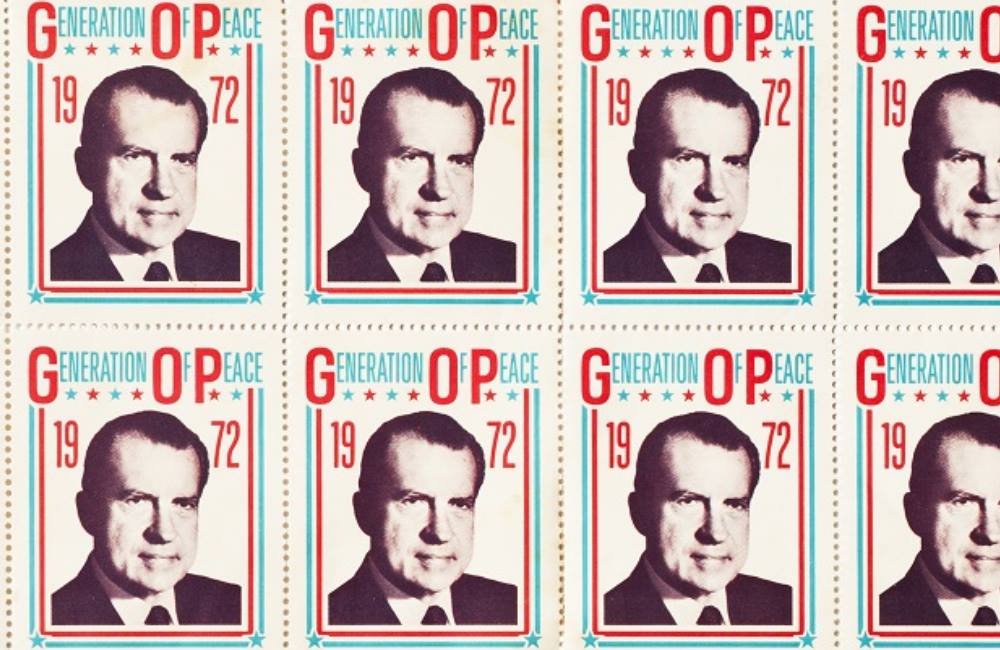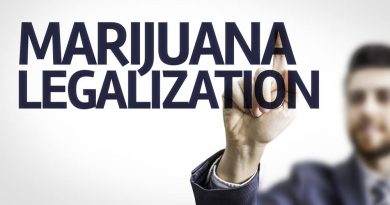Highlights Of Marijuana History In The United States
People who forget history are doomed to repeat it. That’s an old saying, and whether it’s true or not in all cases is debatable, but it certainly seems true when it comes to marijuana history.
Marijuana History Cycles
A person from the 1930s listening to anti-marijuana Attorney General Jeff Sessions would not be hearing anything new. The arguments over marijuana legalization have been happening for decades. There’s especially always been a clear division between using marijuana for medical reasons or recreational.
And it also ties into immigration, another topic that has remained the same for centuries.
Here’s a quick rundown of marijuana history and how it went from government-approved crop to a reason for giving people a mandatory jail sentence if they possess it (under federal law, anyway).
1600-1890
Businesses and the government in first the British colonies and then the United States encouraged production of marijuana. Yes, you read that right. This went on for almost three hundred years.
The marijuana plant was used for the making of rope, clothing and sails for ships. It was so prevalent that in 1619, lawmakers in Virginia passed a law requiring farmers to grow hemp. You could even exchange it for barter in Virginia, as well as in Pennsylvania and Maryland
However, by the Civil War other materials had mostly replaced hemp for these purposes. But it still had its uses.
Late 19th Century
In the last decade or so of the late 19th century, marijuana became popular for medicinal purposes (sound familiar?) and was sold legally in pharmacies. Hashish use also started, mostly in France but also in the U.S. In 1906, the Pure Food and Drug Act required labeling marijuana products, but it was still sold legally.
What changed that? It started in Mexico.
1910
The Mexican Revolution in 1910 led to many Mexicans moving into the U.S. They brought marijuana with them which they used recreationally. According to PBS, fear of the immigrants led to fear of marijuana and anti-cannabis groups warned against the “Mexican Menace.” Criminal activity was attributed to Mexicans who use marijuana.
1930s
The 1930s were an active time in marijuana history, none of it good for cannabis proponents. It included the following.
- The loss of jobs during the Great Depression led to more people resenting Mexican immigrants and, by association, marijuana.
- In 1930, Harry J. Anslinger became the first commissioner of the Federal Bureau of Narcotics and started an anti-marijuana campaign.
- In 1936, the film “Reefer Madness” claimed to illuminate the dangers of marijuana, including criminal activity, sexual impropriety and even insanity.
- In 1937, the Marijuana Tax Act criminalized marijuana. Technically, it could only be possessed by those who used it for medical or industrial purposes and who were willing to pay a tax on it.
Counterculture
In the 1960s, things changed. Middle class and upper middle-class kids started using marijuana. It no longer could be tied only to Mexican immigrants. Cannabis was a staple of the counterculture, which openly flaunted marijuana use despite passage of laws in the 1950s that set minimum sentencing requirements for drug possession that included a $20,000 fine and at least two years in jail.
Both President John Kennedy and President Lyndon Johnson commissioned studies that showed marijuana use did not lead to crime or to use of other drugs. The mandatory sentences were repealed by Congress.
Then, Richard Nixon was elected in 1968.
1970s and 1980s
During the next two decades, laws around marijuana use swung violently back toward the 1930s-1950s era. Nixon rejected the recommendation of his own Schafer Commission to decriminalize drugs. In the early 1970s, the Drug Enforcement Administration was founded, and marijuana was listed as a Schedule I illegal drug. By the mid-1970s, conservative parents had launched groups that advocated stricter marijuana laws.
In the 1980s, President Ronald Reagan signed federal legislation that created minimum sentences for drug-related crimes. President George Bush (the first) officially launched the War on Drugs in 1989.
The tide had turned. It did not turn again until California broke away and legalized marijuana for medicinal use. In the 21st century, Colorado, Oregon and Washington legalized for both medical and recreational use.
As you can see, the more things change, the more they stay the same. With a Republican administration back in the White House, the debate over marijuana laws continues. And, of course, it remains a Schedule I illegal drug, right where the Nixon Administration put it more than 45 years ago.




